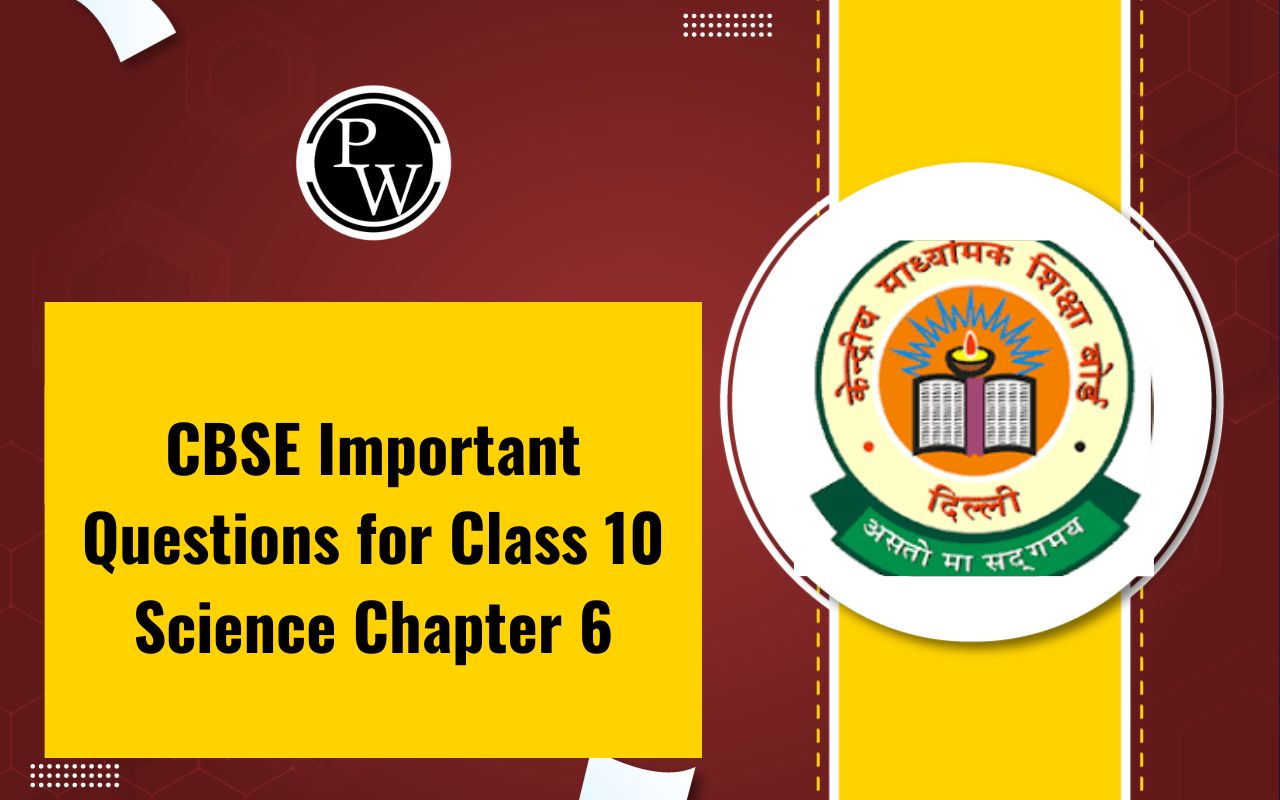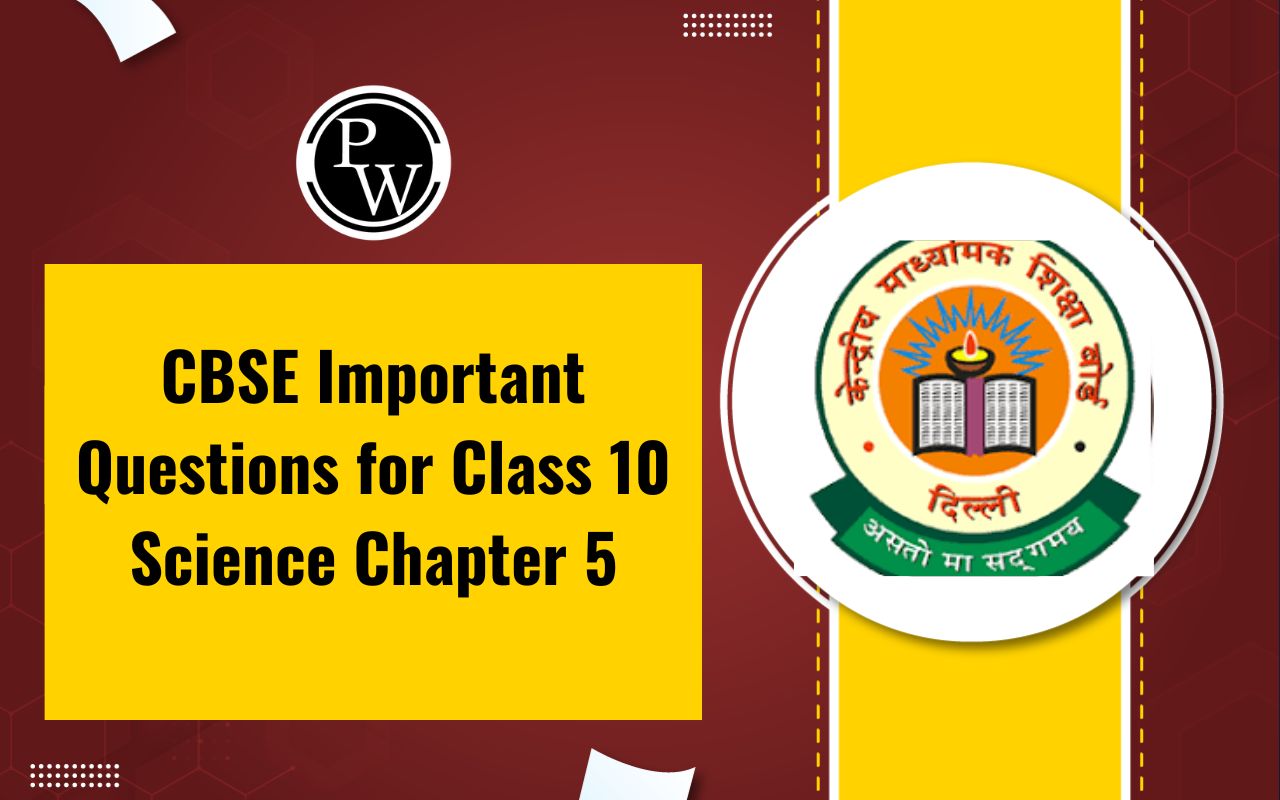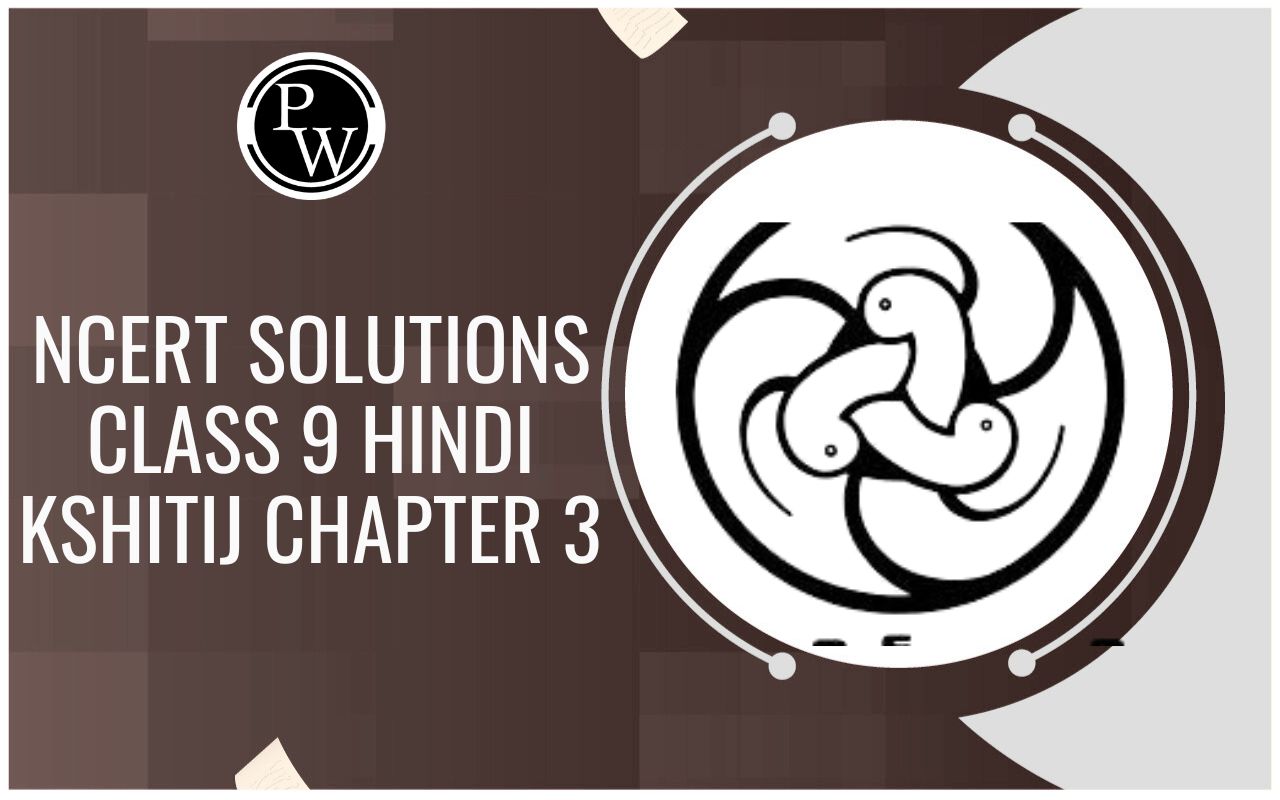
The Area of Quadrilateral Formula represents the space enclosed by the four sides of this polygon. The standard formula for calculating the area of a quadrilateral is base multiplied by height, denoted as b * h, with the unit of measurement in square meters (m²). Quadrilaterals can be categorized into two main types: regular and irregular. In the following discussion, you will acquire the knowledge required to determine the area of any type of quadrilateral, whether it's a square or a trapezium. To start, let's establish a clear understanding of what area signifies, thereby laying the foundation for comprehending the concept of the area of a quadrilateral.
Definition of Area of Quadrilateral Formula
The concept of the area of a quadrilateral can be defined as follows: An area represents a specific region enclosed within the boundaries or sides of a particular geometric figure. When this figure possesses four sides, the region enclosed by these four sides is referred to as the area of a quadrilateral. The measurement unit for the area of a quadrilateral is typically in square units, with the standard unit being square meters, often denoted as m².
Area of Different Types of Quadrilateral
There are various types of quadrilaterals, including but not limited to:
- Square
- Rectangle
- Parallelogram
- Kite
- Rhombus
- Trapezium
Each of these quadrilaterals has unique properties and formulas for calculating their respective areas.
How to Calculate the Area of a Quadrilateral?
Step 1: Begin by creating a diagonal PR, connecting the opposite vertices of the quadrilateral PQRS.
Step 2: Extend a perpendicular line from each of the vertices (P, Q, R, and S) to intersect the diagonal PR.
Step 3: To find the area of quadrilateral PQRS, you can divide it into two triangles, namely △PQR and △PRS.
Therefore, the area of quadrilateral PQRS is determined by the sum of the areas of these two triangles: (½ * PR * PT) + (½ * PR * RU), where T and U represent the points where the perpendiculars from vertices P and R intersect diagonal PR.
What are the Properties of a Quadrilateral?
A quadrilateral is defined by its four vertices, four sides, and four angles.
The total of all the interior angles within a quadrilateral always equals 360 degrees.
The lengths of the four sides of a quadrilateral can vary; they may be equal in some cases, like the sides of a square, or unequal in others, such as those of a trapezium.
Also Check – Derivatives Formula
Area Formulas of Different Types of Quadrilaterals
Square:
If 's' is the length of one side of the square, then the area (A) is given by:
A = s 2
Rectangle:
If 'l' is the length and 'w' is the width of the rectangle, then the area (A) is given by:
A = l * w
Parallelogram:
If 'b' is the length of the base and 'h' is the height (perpendicular distance between the bases), then the area (A) is given by:
A = b * h
Kite:
If 'd1' and 'd2' are the lengths of the two diagonals of the kite, then the area (A) is given by:
A = (1/2) * d1 * d2
Rhombus:
If 'd1' and 'd2' are the lengths of the diagonals of the rhombus, then the area (A) is given by:
A = (1/2) * d1 * d2
Trapezium (Trapezoid):
If 'a' and 'b' are the lengths of the parallel sides, and 'h' is the height (distance between the parallel sides), then the area (A) is given by:
A = (1/2) * (a + b) * h
These are the standard area formulas for different types of quadrilaterals, each tailored to the specific characteristics of the shape.
Also Check – Factors and Multiples Formula
Solved Examples of Area of Quadrilateral Formula
Example 1: Calculate the area of a quadrilateral with the following measurements:
Diagonal = 50 m, Perpendicular heights = 60 m and 20 m.
Solution: To find the area of the quadrilateral, we can use the formula: Area = ½ * (Sum of parallel sides) * Height
Given:
a = 60 m
b = 20 m
h = 50 m
Substituting the values into the formula:
Area = ½ * (60 + 20) * 50
Area = ½ * 80 * 50
Area = 40 * 50
Area = 2000 m²
Example 2: A quadrilateral has four sides, each measuring 4 cm in length. Determine its area.
Solution: A quadrilateral with all sides of equal length is a square. The area of a square is given by the formula: Area = side^2, where 'side' is the length of one side of the square.
Given:
Side length (a) = 4 cm
Area = 4 cm * 4 cm
Area = 16 cm²
Example 3: The length of a quadrilateral (rectangle) is 6 m, and the width is 5 m. Calculate the area of this rectangle.
Solution: The area of a rectangle is given by the formula: Area = length * width.
Given:
Length (l) = 6 m
Width (b) = 5 m
Area = 6 m * 5 m
Area = 30 m²
Example 4: A quadrilateral in the shape of a kite has two diagonals measuring 6 m and 8 m in length. Find the area of this quadrilateral.
Solution: The area of a kite is calculated using the formula: Area = ½ * (Diagonal 1) * (Diagonal 2).
Given:
Diagonal 1 (d1) = 6 m
Diagonal 2 (d2) = 8 m
Area = ½ * 6 m * 8 m
Area = 24 m²
Example 5: A rectangle has sides measuring 5 m and 10 m. Determine the area of this rectangle.
Solution: The area of a rectangle is calculated as Area = length * width.
Given:
Length (l) = 5 m
Width (b) = 10 m
Area = 5 m * 10 m
Area = 50 m²
These examples illustrate how to calculate the area of different quadrilaterals using their specific formulas and given measurements.
Also Check – Integer Formula
Key Points on the Area of Quadrilateral
A quadrilateral can take on either a regular or irregular shape.
Other examples of quadrilaterals include the kite, rhombus, and trapezoid.
The measurement unit for the area of a quadrilateral is typically in square units, such as square meters or square centimeters.
Area of Quadrilateral Formula FAQs
What does the term "area of a quadrilateral" refer to?
Can you list various categories of quadrilaterals?
How can one determine the area of a quadrilateral?
What are some practical applications of quadrilaterals?
What method should be used to compute the area of a quadrilateral when given one diagonal and the lengths of perpendiculars from the vertices?










